Customer loyalty is more than just customers staying, and 2022 is a chance to build long-lasting customer engagement.
In 2021, we used to this blog to highlight why, despite the economic challenges of 2020 and 2021, customer loyalty actually wasn’t in trouble.
This year is even more interesting. According to experts from the utilities and insurance industry, as well as our own research into the broadband sector, it looks like customers simply do not want to switch. You can read more about that research and how to fight a sluggish acquisition market here, but today we’re here to talk loyalty.
While customers are less likely to switch suppliers this year, it’s not a time for loyalty specialists to relax. It’s a time to invest in building long-term, lasting customer relationships that secure revenue well into the future when the acquisition market picks up again.
A common and effective method for delivering that customer engagement is through a customer loyalty programme.
In this guide to customer loyalty programmes, we’ll explain their purpose, their impact, how to build a successful loyalty programme, and we’ll delve deeper into how else you can use the right rewards and software to build customer engagement and loyalty
Skip to a section
1. What impact do customer loyalty programmes have on retention and sales?
Studies by Bain & Company, along with Earl Sasser of the Harvard Business School, have shown that even a 5% increase in customer retention can lead to an increase in profits of between 25% and 95%.
As dramatic as that stat sounds, there’s more evidence that customer loyalty programmes impact on bottom lines.
Seven stats that show the impact of customer loyalty programmes:
- Loyalty leaders grow revenues roughly 2.5x as fast as other companies in their industries.
- 39% of loyal customers will spend more on a product, even if there are other less-expensive options available.
- 79% of consumers say loyalty programmes make them more likely to continue doing business with brands.
- 73% of consumers are more likely to recommend brands with good loyalty programmes.
- Adding a loyalty programme to an e-commerce platform can increase average order quantity by 319%.
- 15% of consumers are more likely to buy from a brand if they are part of a loyalty programme.
- Loyalty programme members spend 27% more when the brand establishes a positive emotional connection.
What’s wrong with loyalty programmes today?
 61% of retailers cite customer retention as their biggest challenge (Retail Systems Research). In fact, it’s been estimated that companies could increase their profits by nearly 50% by retaining a mere 5% more of their customers.
61% of retailers cite customer retention as their biggest challenge (Retail Systems Research). In fact, it’s been estimated that companies could increase their profits by nearly 50% by retaining a mere 5% more of their customers.
So what’s the problem? Well, according to research from Edgell Knowledge Network:
- 81% of loyalty members don’t know the benefits of their programs or how they can receive their rewards.
- 32% of consumers see little or no value in being a member of their current loyalty scheme.
- Only 40% are happy with the rewards that are on offer.
The stats show a disconnect between the potential and the reality.
Advocates are the customer retention end game
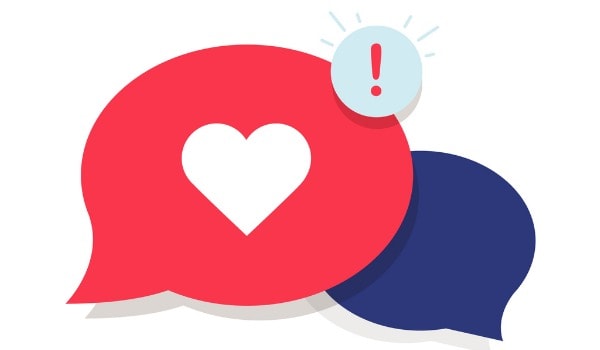 What you’re ultimately trying to create through your customer loyalty programmes is advocates. By advocates, we mean people who will speak on behalf of your brand.
What you’re ultimately trying to create through your customer loyalty programmes is advocates. By advocates, we mean people who will speak on behalf of your brand.
The marketplace for any product is loud, crowded and full of other brands desperate for attention. It’s a huge help when your customers are enthusiastic enough to promote your brand to their peers or colleagues.
This is why it’s so important to invest in developing customers. They go from strangers, to customers, to repeat customers, to true believers. Once they’re emotionally and personally invested in your brand, they’ll promote you to their peers.
For loyalty programmes, this is now the benchmark. It’s what your competitors will be aspiring to achieve. Not embracing better customer retention schemes will eventually put you at a disadvantage.
2. What are the different types of customer loyalty programme?
If we’re speaking in general terms, there are roughly seven different types of loyalty programme:
1. Points
A simple transaction-based loyalty programme where points are assigned to purchases. Those points are exchanged for rewards by the consumer. They’re not the most innovative or exciting, but they are easy to introduce and build around.
They’re also the de facto basis for loyalty in many industries, such as the trade supply business.
2. Cash-back
Not dissimilar to the points-mean-prizes schemes we just mentioned, but instead of swapping their points for rewards, the customer earns a form of store credit.
3. Stamp cards
Everyone with a favourite coffee shop or sandwich house is familiar with the stamp card, or punch-card. The customer carries a card in their wallet, and presents the card when making a purchase. After enough purchases, the customer earns a free item.
4. Tiered
Tiered loyalty is where features, prizes, or access are only available to users with a certain level of spend. These programmes revolve around exclusivity, and are often deployed by brands with loyal audiences.
The users are signed up with free items, and eventually convert to paid customers as they move through the tiers. A similar concept is common across content production networks such as Patreon.
5. Coalition
A coalition scheme involves your business, and a partner business, signing up to run a joint scheme. It creates a closed loop for loyalty rewards, letting businesses enjoy collective success. The downside is that customers may redeem points earned at competing businesses.
6. Fee-based (premium)
Premium, fee-based loyalty programmes are about creating exclusivity, and delivering instant gratification for the customers willing to pay for it. It’s not for everyone – it’s a reward for the most engaged and enthusiastic customers.
7. Hybrid
One size rarely fits all, and you shouldn’t hesitate to mix and match elements from different types of schemes and combine them. In the end, what’s right for your customer base should drive the kind of loyalty programme you implement.
A more in-depth explanation of these different programme types is available here.
3. How to create a successful customer loyalty programme
 It’s not possible to give you a step-by-step breakdown of how to build and implement a loyalty programme. Sight-unseen, we don’t know all the factors involved.
It’s not possible to give you a step-by-step breakdown of how to build and implement a loyalty programme. Sight-unseen, we don’t know all the factors involved.
That includes your legacy programmes, the software you currently have in place, and what your programme objectives are. However, what we can do is offer you some best-practice concepts that apply to every modern loyalty programme.
Harness flexible technology
Having data is great, but the other half of the quiz is the ability to act on it.
Luckily, we have the luxury of working in an era where 3rd party platform and software providers have made it comparatively easy to be reactive and flexible.
Compared to when everything had to be developed in-house, that is. When assembling your loyalty programme and putting software and platforms in place, look for flexible and modular platforms that lend you flexibility in the future.
Make data your friend and ally
 Data has changed how every business works, and loyalty programmes are no exception. Analysis plays a vital role in which customers you will choose to target most aggressively, how best to reach and engage them, and how to refine your loyalty programme in the future.
Data has changed how every business works, and loyalty programmes are no exception. Analysis plays a vital role in which customers you will choose to target most aggressively, how best to reach and engage them, and how to refine your loyalty programme in the future.
At every step, your decision-making process should be informed by inductive, but smart, analysis of the data at your disposal.
Keep up the communication
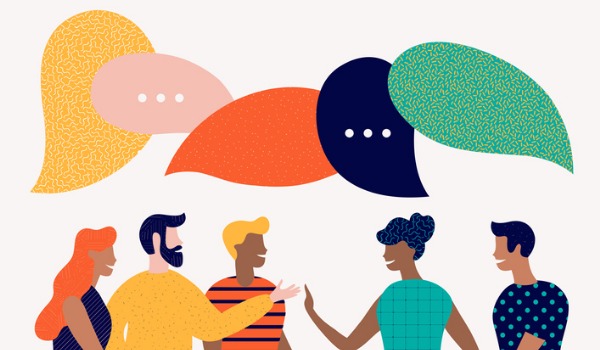 Constant communication is vital to maintaining engagement in customer loyalty schemes.
Constant communication is vital to maintaining engagement in customer loyalty schemes.
You don’t want to stray into the territory of being annoying and prompting unsubscribes or even customers leaving the system, so start as sparing as possible and use the data available to gauge the right balance.
Depending on the makeup of your audience you may try email, SMS, direct mailers, and possibly social media.
Refine the customer offering
In line with the emphasis on data and flexibility, be sure to adapt your offering to the customer. Respond to changes in your marketplace, changes in customer behaviour, or anything else that might affect how customers interact with your loyalty programme.
4. How to retain a customer for life
 When we go to events, webinars or seminars about loyalty, a common refrain we hear is “loyalty is about more than points and prizes”. And they’re right.
When we go to events, webinars or seminars about loyalty, a common refrain we hear is “loyalty is about more than points and prizes”. And they’re right.
Loyalty programmes are useful, they’re effective, and they will bring serious benefits to your company but you still have to nail the fundamentals.
There’s no loyalty scheme so good it can rescue a company that otherwise doesn’t get loyalty right. Here’s seven things you can do to make sure your customers stay in the fold.
1. Meet expectations, even small ones
Even small things add up when it comes to expectation – things that might not even necessarily be your core skills. Even something as small as a confirmation email not being sent after an order, or an inquiry call not being returned in good time, can be enough to cause a customer to think twice the next time they need your services.
2. Friction and frustration need to go
 Patience is a virtue, but it’s not work putting your customers’ to the test. Companies like Amazon have set a near-impossible bar to meet for immediacy and convenience for the public.
Patience is a virtue, but it’s not work putting your customers’ to the test. Companies like Amazon have set a near-impossible bar to meet for immediacy and convenience for the public.
It leaves other businesses with a significant challenge to meet with customer expectations about what’s reasonable and possible. We can’t all be Amazon, but we can give ourselves the best chance in a world of increasing demands. Depending on your business, that might include:
- Having a selection of payment options available
- Streamlining a support portal to minimise time spent looking for answers
- Improving search functions to find products or information more easily
- Investing in staff education and training to empower customer service
- Getting rid of hidden fees to avoid transaction abandons
- Clear stock levels on your website to avoid disappointment
When customers do get frustrated, they want to get in touch and talk about it. Which brings us to our next item.
3. Caring for customers is caring about loyalty
 When your customers have problems and frustrations, then expect to be able to get in touch and get your help. Not only does that help need to be forthcoming, it has to tick the right boxes. Loyal customers are looking for customer service that demonstrates:
When your customers have problems and frustrations, then expect to be able to get in touch and get your help. Not only does that help need to be forthcoming, it has to tick the right boxes. Loyal customers are looking for customer service that demonstrates:
- Competence
- Knowledge
- Coherence
- Helpfulness
- Empathy
- Timeliness
Customers will forgive occasional frustrations if they’re met with the right customer service, but they will move on if they get the impression of indifference of incompetence.
4. Communication builds connection
While balancing it against the saturation concerns we discussed earlier, communication outside of your sales cycle builds connections to your company. Being proactive and positive about sharing updates, changes, or anything else that could affect your customer builds your credibility.
It also shows an investment in your customers beyond when they’re ready to make a purchase.
5. Fit into lifestyles and values
 Consumers increasingly make values-driven decisions about which brands they buy from. In the long term, your brand will have to fit in with the needs and wants of customers whose buying behaviours will be driven by not just price, but by ethical and moral concerns.
Consumers increasingly make values-driven decisions about which brands they buy from. In the long term, your brand will have to fit in with the needs and wants of customers whose buying behaviours will be driven by not just price, but by ethical and moral concerns.
No one is asking your to save the world all by yourself, but acting to minimise harm in the areas of the world your business affects.
6. Open up the two-way street
As we said earlier, customers want the chance to have their say. Make sure there are avenues available where they can offer their feedback or opinions. Crucially, also, make sure that you hear their feedback and act on it where possible. Then, as we said above, tell your customers about what you did.
7. Take control of your reputation
 Your reputation on review sites like Trustpilot has become as important as word-of-mouth in today’s world. Taking control of that reputation, and having a proactive presence on those review destinations, is vital. We wrote more here on how you can do that.
Your reputation on review sites like Trustpilot has become as important as word-of-mouth in today’s world. Taking control of that reputation, and having a proactive presence on those review destinations, is vital. We wrote more here on how you can do that.
5. Bring back customers that stray
Sometimes customers do leave, but when it’s not down to a catastrophic failure, you can always work to win them back.
Leave the door open
 Understanding that a customer has made their choice, and allowing it to happen on the best terms possible makes it easier for them to come back.
Understanding that a customer has made their choice, and allowing it to happen on the best terms possible makes it easier for them to come back.
While it’s always worth intercepting a leaving customer to see if you can solve their problem before they formally go, when the choice is made, diplomacy is the right way to go.
Look inside
If customers leaving is becoming a habit, then it’s time to act. Look at who they are, which products they’re using, and start proactively talking to that cohort.
Find out what’s happening in their market, or what competitors are doing differently, to arrest the trend before it becomes a crisis.
Tell them you fixed the problem
 When customers are leaving, be sure to ask why. If the problem is inside your control, and affecting a sufficient number of people, it has to be fixed. Get back in touch with affected customers once the issue is resolved to let them know.
When customers are leaving, be sure to ask why. If the problem is inside your control, and affecting a sufficient number of people, it has to be fixed. Get back in touch with affected customers once the issue is resolved to let them know.
It gets rid of their initial objection, shows them you’re proactive about your products, and that your customer service is engaged.
Pick your targets carefully
Not every customer will come back, and not every customer is worth your pursuit. Use the information and data at your disposal to identify the most likely customers to return, and build your re-acquisition plans around that data.
6. Innovative customer loyalty programme examples
Some of the best loyalty schemes from around the UK, and what they’ve done that makes their audience so engaged.
O2 Priority
A cash-back and tiered system that amplifies user lifestyles
Video source: YouTube
O2 have been running their loyalty programme Priority, for more than ten years now. It runs as a counterpart to their O2 Rewards loyalty scheme, which focuses on giving consumers rewards in the form of airtime credit. Priority, meanwhile, focuses on exclusivity and lifestyle enhancement.
Members of the loyalty programme enjoy access to ticket sales, prize draws, educational experiences, vouchers for restaurants and cafes, and more. All of this is accessed through O2’s app, which lets users quickly and easily browse the prizes available to them.
Crucially, many of O2’s rewards are not linked to spend. They’re “always-on” rewards, available to the consumer at any time through O2’s app. These features have made O2 Priority a successful and rapidly-growing loyalty programme.
To compete with the success of O2 Priority, Vodafone have recently rolled out an AI-powered daily rewards service, VeryMe, to deliver personalised discounts and treats to their members.
What makes it work: Understanding their customers’ lifestyles, and enhancing those lifestyles through exclusives.
Tesco Clubcard
A successful evolution of the punch card into a points-driven reward and cash-back loyalty programme
Video source: YouTube
The Clubcard started 26 years ago, and one was among the first major supermarkets to use a magnetic-strip card instead of stamps. While the use of debit cards and credit cards was only starting to catch on at the time, it had a major advantage – simplicity.
Once the users have their card, they only need to scan it (or have it scanned) when making a purchase to accrue loyalty points. The points add up, and are cashed in for what Tesco call “vouchers”. That might be store credit for Tesco, or something from their reward catalogue of VIP experiences, special gifts, and even holidays.
Clubcard sits nicely alongside any Tesco shopper’s lifestyle, works as a reward tool or a budget-stretcher tool for customers, and is almost totally unobtrusive to use.
The major benefit to Tesco, beyond customer loyalty, is greater input of data from their audience. While as a retailer Tesco will keep meticulous records of purchases, Clubcard customers’ purchases are tied to the demographic-related information.
That information gives Tesco much more useful data on who shops at Tesco, what they buy, how often, and when. All invaluable information for better serving the needs of their customers and, ultimately, keeping them loyal.
On the quality and scale of data they received after launching the card back in 1994, then Chairman of Tesco Lord McLaurin said, “You know more about my customers after three months than I know after 30 years.”
What makes it work: A simple, unobtrusive loyalty mechanic that delivers massive data benefits to Tesco
Starbucks
A points-driven system with premium flair
Video source: YouTube
As we said earlier, almost everyone who regularly visits a coffee shop has seen a punch card loyalty programme. Starbucks takes the punch-card concept, and adds a tiered loyalty system to a familiar process.
As a reward for using the app, or Starbucks card, customers are given “stars”. After saving up enough stars, the customer gets a free beverage. So far, so simple.
There is, however, a tiered element to the system. The lower tier, the “Green” level, is for customers who have made at least one transaction with Starbucks with their app or card. At fifteen stars, a Green member earns a free drink.
However, once a user passes 50 stars in a calendar year, they ascend to “Gold” level. At Gold, customers enjoy more than just free drinks. They earn free syrups, free whipped cream, free dairy-free milks, extra espresso shots, and more.
Starbucks’ customer loyalty programme has been a great success, offering a little exclusive treat to thousands of regular customers while feeding Starbucks plenty of data about their customers’ coffee drinking habits.
What makes it work: A simple app, using familiar mechanics, that makes VIP-tier loyalty accessible to everyone
If you take nothing else away, take this
Communication – Customer loyalty programmes, and customer loyalty in general, depend on great communication.
Flexibility – Consumer habits, markets, and technology change rapidly, making flexibility important for any customer loyalty programme.
Data – Not only is data vital to planning and deploying a customer loyalty programme, it’s a vital product of a successful loyalty programme.
Lifestyle – Fitting into your customers’ lifestyle is mandatory to bring users in and keep them engaged with a customer loyalty programme.
Over to you
Customer loyalty programmes are a vital tool to help you improve retention. That’s why we have a system that specialises in just that. That said, your customers need something to attach themselves to, something to be invested in.
Your business needs to turn itself into a company where customer loyalty is earned by your everyday behaviour, and secured with great rewards.

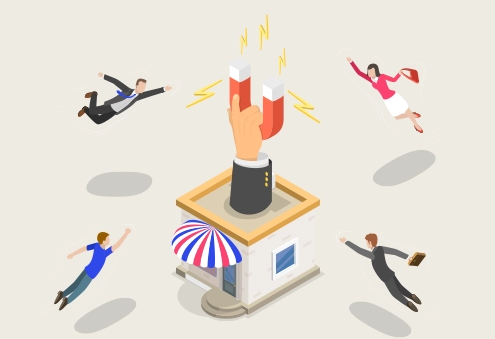
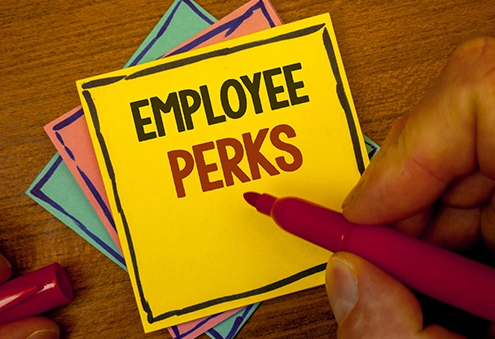
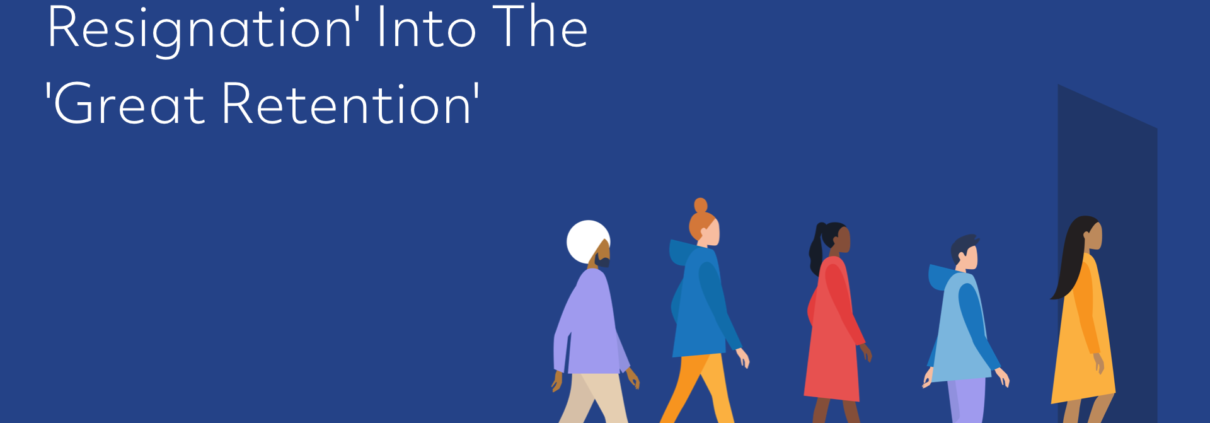


 61% of retailers cite customer retention as their biggest challenge (Retail Systems Research). In fact, it’s been estimated that companies could increase their profits by nearly 50% by retaining a mere 5% more of their customers.
61% of retailers cite customer retention as their biggest challenge (Retail Systems Research). In fact, it’s been estimated that companies could increase their profits by nearly 50% by retaining a mere 5% more of their customers. It’s not possible to give you a step-by-step breakdown of how to build and implement a loyalty programme. Sight-unseen, we don’t know all the factors involved.
It’s not possible to give you a step-by-step breakdown of how to build and implement a loyalty programme. Sight-unseen, we don’t know all the factors involved. Data has changed how every business works, and loyalty programmes are no exception. Analysis plays a vital role in which customers you will choose to target most aggressively, how best to reach and engage them, and how to refine your loyalty programme in the future.
Data has changed how every business works, and loyalty programmes are no exception. Analysis plays a vital role in which customers you will choose to target most aggressively, how best to reach and engage them, and how to refine your loyalty programme in the future. Constant communication is vital to maintaining engagement in customer loyalty schemes.
Constant communication is vital to maintaining engagement in customer loyalty schemes. When we go to events, webinars or seminars about loyalty, a common refrain we hear is “loyalty is about more than points and prizes”. And they’re right.
When we go to events, webinars or seminars about loyalty, a common refrain we hear is “loyalty is about more than points and prizes”. And they’re right. Patience is a virtue, but it’s not work putting your customers’ to the test. Companies like Amazon have set a near-impossible bar to meet for immediacy and convenience for the public.
Patience is a virtue, but it’s not work putting your customers’ to the test. Companies like Amazon have set a near-impossible bar to meet for immediacy and convenience for the public. When your customers have problems and frustrations, then expect to be able to get in touch and get your help. Not only does that help need to be forthcoming, it has to tick the right boxes. Loyal customers are looking for customer service that demonstrates:
When your customers have problems and frustrations, then expect to be able to get in touch and get your help. Not only does that help need to be forthcoming, it has to tick the right boxes. Loyal customers are looking for customer service that demonstrates: Consumers increasingly make
Consumers increasingly make  Your reputation on review sites like Trustpilot has become as important as word-of-mouth in today’s world. Taking control of that reputation, and having a proactive presence on those review destinations, is vital. We wrote more here on how you can
Your reputation on review sites like Trustpilot has become as important as word-of-mouth in today’s world. Taking control of that reputation, and having a proactive presence on those review destinations, is vital. We wrote more here on how you can  Understanding that a customer has made their choice, and allowing it to happen on the best terms possible makes it easier for them to come back.
Understanding that a customer has made their choice, and allowing it to happen on the best terms possible makes it easier for them to come back. When customers are leaving, be sure to ask why. If the problem is inside your control, and affecting a sufficient number of people, it has to be fixed. Get back in touch with affected customers once the issue is resolved to let them know.
When customers are leaving, be sure to ask why. If the problem is inside your control, and affecting a sufficient number of people, it has to be fixed. Get back in touch with affected customers once the issue is resolved to let them know.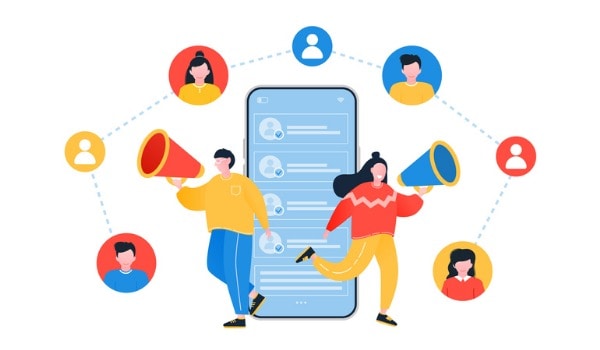
 Referral marketing is incentivised word-of-mouth. You use existing customers to introduce friends and family to your brand.
Referral marketing is incentivised word-of-mouth. You use existing customers to introduce friends and family to your brand.
 In addition to these issues above, a lot of businesses that would benefit from a referral marketing scheme end up letting the idea die on the vine. And it’s often because their leadership doesn’t make it a priority.
In addition to these issues above, a lot of businesses that would benefit from a referral marketing scheme end up letting the idea die on the vine. And it’s often because their leadership doesn’t make it a priority. No matter how good your referral marketing strategy and approach are, they need to be underpinned by fundamentals.
No matter how good your referral marketing strategy and approach are, they need to be underpinned by fundamentals.

 Run a query on your database for the new customers that came in through those web forms. This is usually a yes/no process. Match up the existing users with those that referred them and distribute rewards.
Run a query on your database for the new customers that came in through those web forms. This is usually a yes/no process. Match up the existing users with those that referred them and distribute rewards.


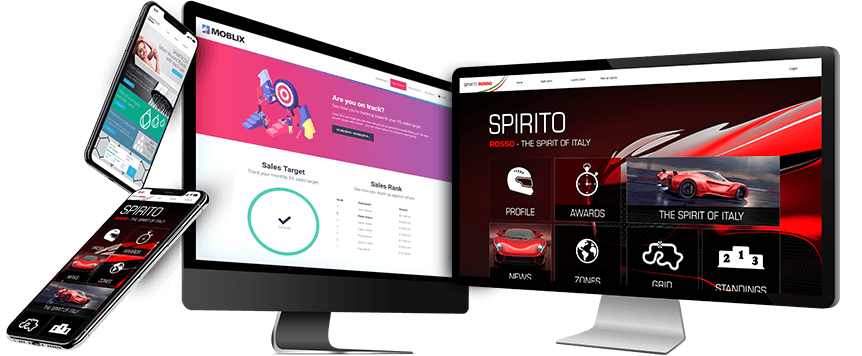

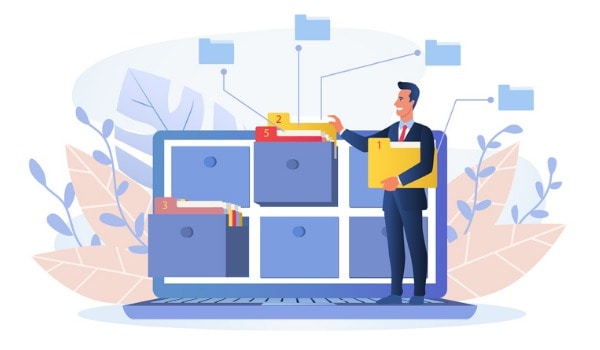 Another advantage offered by your platform is capturing data. Right off the bat that gives you the power to do two things:
Another advantage offered by your platform is capturing data. Right off the bat that gives you the power to do two things:


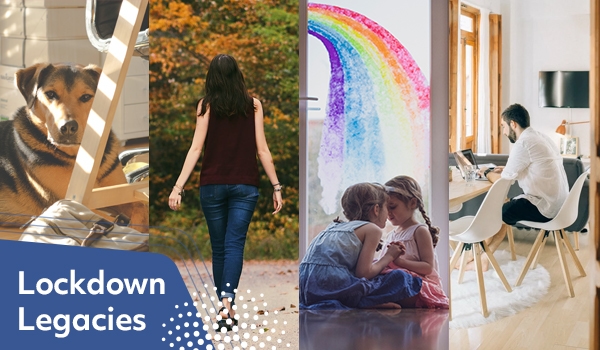
 After years and years of arguing over the benefits and drawbacks of remote working, within a month we proved it was possible.
After years and years of arguing over the benefits and drawbacks of remote working, within a month we proved it was possible. Love2shop, like a lot of businesses, found themselves in a suddenly-digital world last March.
Love2shop, like a lot of businesses, found themselves in a suddenly-digital world last March. With face-to-face interaction out the window, and employees digging deep to keep the wheels turning while the world changes around them, companies have had to get creative to
With face-to-face interaction out the window, and employees digging deep to keep the wheels turning while the world changes around them, companies have had to get creative to  The working day ends when the laptop screen closes, not an hour or two later when you’re walking through the door.
The working day ends when the laptop screen closes, not an hour or two later when you’re walking through the door. After spending a year working with children and pets in the house, we’ve picked up the skills to balance time for both.
After spending a year working with children and pets in the house, we’ve picked up the skills to balance time for both. As our public spaces have been lifelines to our sanity, they’ve given us two massive benefits.
As our public spaces have been lifelines to our sanity, they’ve given us two massive benefits. Many people have been talking to their family more over the last year. To do that, we’ve helped our older generations catch up on new technology so they can stay connected.
Many people have been talking to their family more over the last year. To do that, we’ve helped our older generations catch up on new technology so they can stay connected. Throughout the stress of the last year, there have been times when we all just needed to stop. Whether it’s an hour, an afternoon, a day, or more, we’ve needed a bit of time to make sure we take care of ourselves.
Throughout the stress of the last year, there have been times when we all just needed to stop. Whether it’s an hour, an afternoon, a day, or more, we’ve needed a bit of time to make sure we take care of ourselves.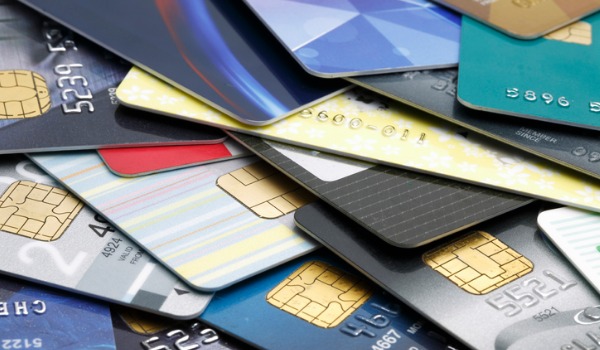
 While there are many situations where a prepaid card is useful, the vast majority of cards will be used the same way as a debit card or gift card.
While there are many situations where a prepaid card is useful, the vast majority of cards will be used the same way as a debit card or gift card.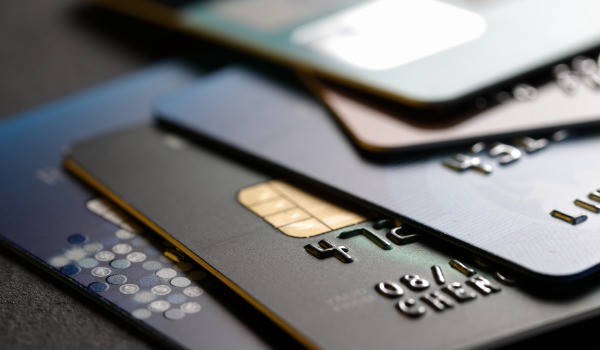 Prepaid debit cards are ideal for consumers looking for a peace-of-mind option for managing their monthly budget.
Prepaid debit cards are ideal for consumers looking for a peace-of-mind option for managing their monthly budget.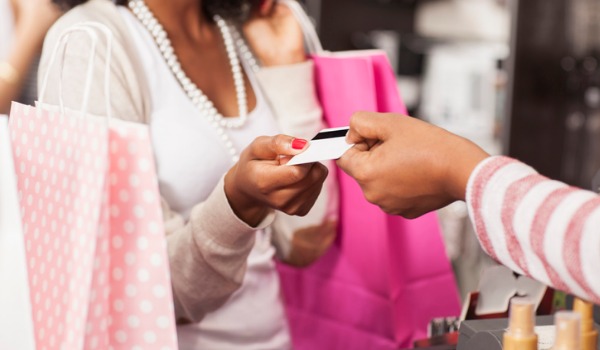 You have almost certainly come across a prepaid gift card before. If you haven’t already had one as a gift at Christmas, you will have seen them popping up at supermarket checkout aisles.
You have almost certainly come across a prepaid gift card before. If you haven’t already had one as a gift at Christmas, you will have seen them popping up at supermarket checkout aisles.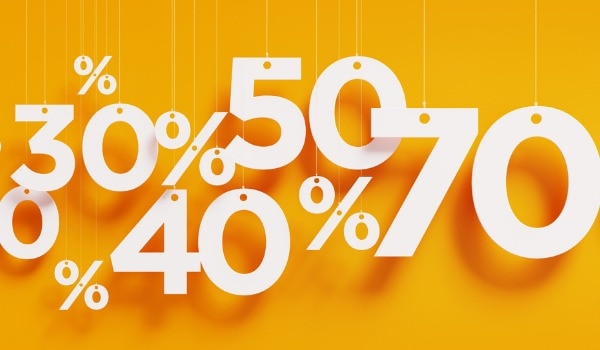 When we talk about discount cards, we could be talking about two distinct products.
When we talk about discount cards, we could be talking about two distinct products. Generally speaking, discount cards cards are invitation-only, and card-holders qualify by their profession or their custom to a specific brand.
Generally speaking, discount cards cards are invitation-only, and card-holders qualify by their profession or their custom to a specific brand. Prepaid travel cards work a lot like prepaid debit cards, but rather than focusing on the need for monthly budgeting, they focus on the need for security and peace of mind while abroad.
Prepaid travel cards work a lot like prepaid debit cards, but rather than focusing on the need for monthly budgeting, they focus on the need for security and peace of mind while abroad. When you think of gift cards, you might think of the single-store gift cards we talked about earlier. One card, one shop. A
When you think of gift cards, you might think of the single-store gift cards we talked about earlier. One card, one shop. A 
 Using a prepaid card to deliver pocket money, or a spending allowance, has great benefits over normal credit and debit cards.
Using a prepaid card to deliver pocket money, or a spending allowance, has great benefits over normal credit and debit cards. Business expense cards, also known as corporate expense cards, are often necessary for professions where staff are likely to be travelling, on work sites, meeting clients or otherwise not office-bound. They’re generally open-loop prepaid cards.
Business expense cards, also known as corporate expense cards, are often necessary for professions where staff are likely to be travelling, on work sites, meeting clients or otherwise not office-bound. They’re generally open-loop prepaid cards. Fuel cards are a closed-loop prepaid card that can only be spent on fuel at petrol stations. Most people will think of fuel cards as perfect for employees on the road, like travelling sales staff or drivers. While that’s absolutely accurate, there’s a little more to it than that.
Fuel cards are a closed-loop prepaid card that can only be spent on fuel at petrol stations. Most people will think of fuel cards as perfect for employees on the road, like travelling sales staff or drivers. While that’s absolutely accurate, there’s a little more to it than that.
 Sometimes, your service fails beneath where customers think your service level should be. This could be down to a variety of factors, some of them inside and outside of your control.
Sometimes, your service fails beneath where customers think your service level should be. This could be down to a variety of factors, some of them inside and outside of your control. The findings of the study we cited above and others, unfortunately, found that while they could find evidence of the paradox working, it’s not something you should bank on.
The findings of the study we cited above and others, unfortunately, found that while they could find evidence of the paradox working, it’s not something you should bank on. Too often, companies scramble to offer effusive apologise and prostrate themselves on the good will of their customers. They believe that one mistake, even if they recover from it, should be treated as fatal.
Too often, companies scramble to offer effusive apologise and prostrate themselves on the good will of their customers. They believe that one mistake, even if they recover from it, should be treated as fatal. Your company needs dissatisfied customers talking to your recovery staff. This is to demonstrate as early as possible that you’re in control, that you can make the problem right, and that you can make repair the problem.
Your company needs dissatisfied customers talking to your recovery staff. This is to demonstrate as early as possible that you’re in control, that you can make the problem right, and that you can make repair the problem.



 In a culture built around appreciation, staff are more engaged and motivated to perform to their best abilities. A
In a culture built around appreciation, staff are more engaged and motivated to perform to their best abilities. A  I’ve seen hundreds of websites with company values, ethics and culture outlined, but how many actually live and breathe this stuff?! Visible rewards for displaying good work ethics and behaviours, and reinforcing and celebrating the culture of your business will keep them at the forefront of your employee’s minds.
I’ve seen hundreds of websites with company values, ethics and culture outlined, but how many actually live and breathe this stuff?! Visible rewards for displaying good work ethics and behaviours, and reinforcing and celebrating the culture of your business will keep them at the forefront of your employee’s minds.
 The above, of course, will have an impact on your budget, as most social recognition platforms will
The above, of course, will have an impact on your budget, as most social recognition platforms will  Seems obvious, but you really do need a vision of what your ideal social recognition software can do. Do you want a public message board as well as direct messages and threads? Do you want to offer rewards – and if so, what type?
Seems obvious, but you really do need a vision of what your ideal social recognition software can do. Do you want a public message board as well as direct messages and threads? Do you want to offer rewards – and if so, what type?
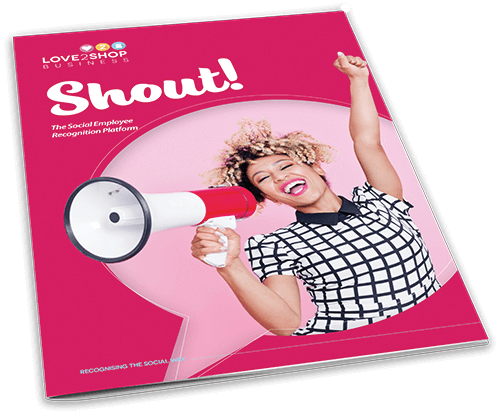


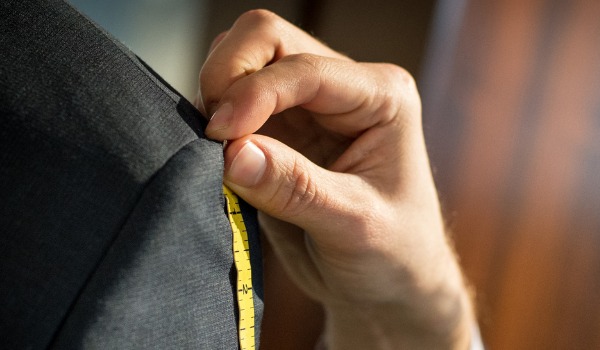 When you’re setting up your social recognition software, there may be several opportunities for personalisation – take advantage of it! Apart from using your official branding, you may be able to add photos or profile images. If so, try to avoid stock photos and instead opt for real pictures from your business and or ask staff to design their own avatar.
When you’re setting up your social recognition software, there may be several opportunities for personalisation – take advantage of it! Apart from using your official branding, you may be able to add photos or profile images. If so, try to avoid stock photos and instead opt for real pictures from your business and or ask staff to design their own avatar. If your business operates from a single site, you can arrange an informal meeting over tea ‘n’ biscuits or plan an actual dedicated event to celebrate the launch of the new system… but make it IMPACTFUL! If you have multiple sites, you can send out a goodie-pack with information and a small treat. Get some posters up, offer an extra tea break for launch-day adopters or come up with any suitably appropriate approach to get everyone excited and onboard from the offset.
If your business operates from a single site, you can arrange an informal meeting over tea ‘n’ biscuits or plan an actual dedicated event to celebrate the launch of the new system… but make it IMPACTFUL! If you have multiple sites, you can send out a goodie-pack with information and a small treat. Get some posters up, offer an extra tea break for launch-day adopters or come up with any suitably appropriate approach to get everyone excited and onboard from the offset. A pre-launch survey will help you to gather everyone’s input on the programme and gauge initial interest – but follow this up with a survey six months post-launch to see what’s working, what’s not and how employees feel about the scheme.
A pre-launch survey will help you to gather everyone’s input on the programme and gauge initial interest – but follow this up with a survey six months post-launch to see what’s working, what’s not and how employees feel about the scheme.